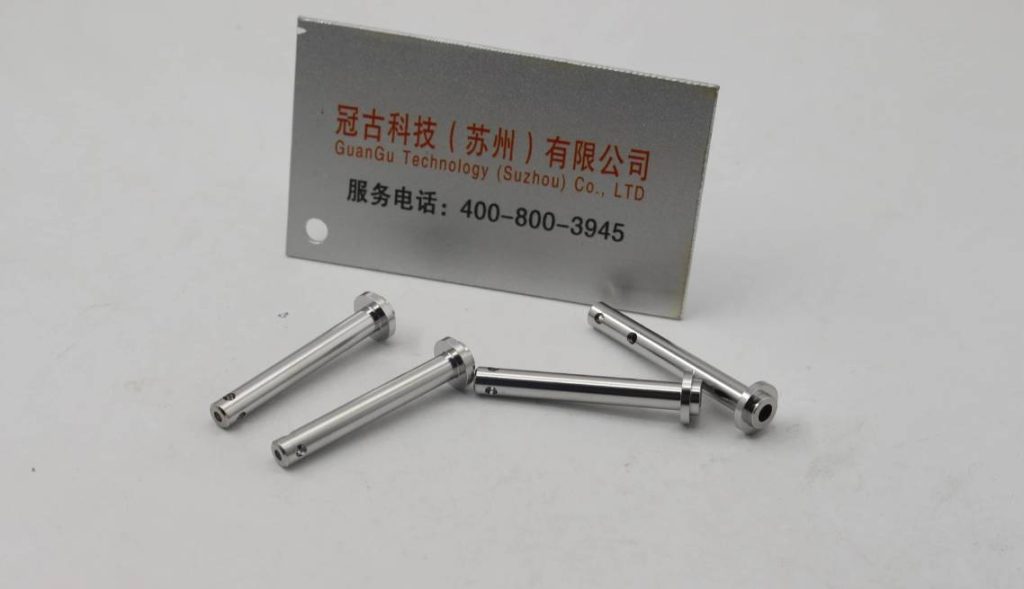Magnetic polishing machine and electrolytic polishing are the two most popular polishing processes in the industry. In the following, we will introduce the principles, characteristics, scope of application and their respective advantages and disadvantages of these two processes in detail, so as to help you better understand them and provide guidance for your choice of polishing process.
The principle of magnetic polishing machine
The so-called magnetic polishing machine is a high-efficiency equipment that uses magnetic force as the driving force to put abrasives and workpieces into the container of the polishing machine, and realizes polishing through the continuously rotating container. The specific principle is that firstly add appropriate amount of water and abrasives into the container, and then put the workpiece into it. After the container starts to rotate, due to the action of the magnetic force field, the abrasives will be affected by the centrifugal force, thus forming a partial flow of abrasives in the container. The environment, while the workpiece is impacted and rubbed by the abrasive flow, so as to achieve the desired polishing effect.

Magnetic polishing machine has the following characteristics:
1. High efficiency: The magnetic polishing machine uses magnetic force as the driving force, so the rotation speed is faster, so the production efficiency can be improved.
2. High polishing quality: Due to the high speed of the polishing machine, the abrasive flow speed is also faster, and high-quality polishing effect can be completed in a short period of time.
3. Wide applicability: The magnetic polishing machine has a wide range of applications, including metal, glass, plastic and other materials, and can be applied to workpieces of various shapes and sizes.
Magnetic polishing machines also have their own advantages and disadvantages, as follows:
advantage:
1. High efficiency, can improve production efficiency.
2. The polishing quality is high, which can guarantee the quality and surface smoothness of processed products.
3. Wide application range, suitable for workpieces of various shapes and sizes.
shortcoming:
1. Some materials are not suitable for using a magnetic polishing machine, such as ceramics, cork, etc.
2. The precision of the equipment is required to be high. Once there is a deviation, it is easy to cause scratches or unevenness on the surface of the workpiece.
The principle of electropolishing
Electropolishing is a polishing process that uses the chemical reaction of an electrolytic solution to remove impurities on the surface of a workpiece and repair the surface to enhance brightness and improve optical reflectivity. Generally speaking, electrolytic polishing is mainly to put the workpiece into the electrolytic bath, and through the current flow between the positive and negative electrodes, the convex parts on the surface are consumed, while the concave parts are not consumed.
Electrolytic polishing has the following characteristics:
1. High polishing quality: Through the synergistic effect of electric current and electrolyte, it can remove the convex part on the surface of the workpiece, and at the same time can achieve the effect of repairing the surface and improving the brightness.
2. Good polishing gloss: Since electrolytic polishing can remove surface defects of the workpiece, the surface brightness of the workpiece is higher.
3. Not limited by the shape of the workpiece: electrolytic polishing can be applied to workpieces of various shapes and sizes, and the effect is consistent.
Electrolytic polishing also has its own advantages and disadvantages, as follows:
advantage:
1. The polishing quality is high, which can remove the convex part on the surface of the workpiece and improve the optical reflectivity.
2. The polishing luster is good, which can improve the appearance quality of the workpiece.
3. It is not limited by the shape of the workpiece and has a wide range of applications.
shortcoming:
1. Polishing is time-consuming: electropolishing requires chemical reactions and takes a relatively long time.
2. High process environment requirements: Electrolytic polishing requires the use of electrolyte, and the operation and maintenance requirements are relatively high.
3. High implementation cost: the cost of equipment is relatively high, and special supporting electrolyte and power supply are also required.
Although magnetic polishing machines and electrolytic polishing have their own advantages and disadvantages, no matter which one it is, it is a very important polishing process. We need to choose the appropriate process according to actual needs and materials in order to achieve the best results.










You must be logged in to post a comment.